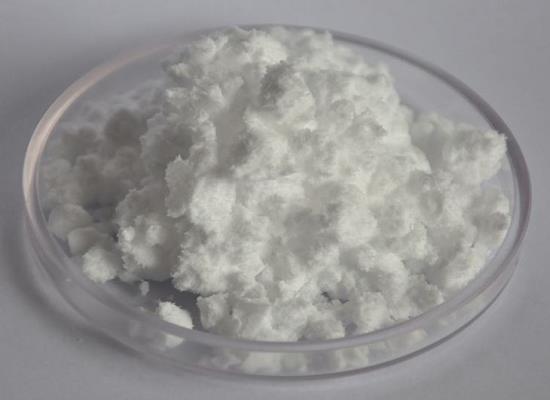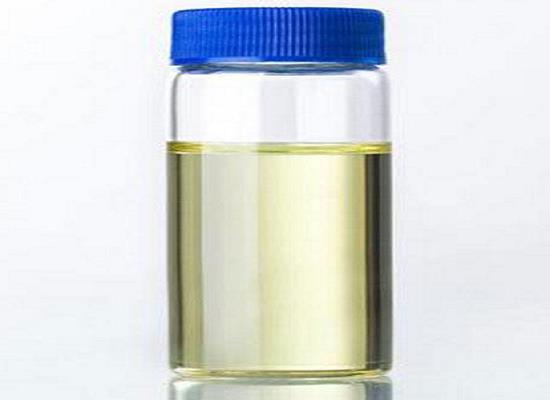What is Isethionic Acid?
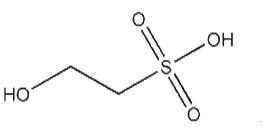
Isethionic Acid (kyselinaisethionova; usafdo-14;2-hydroxyethanesulphonic acid; HYDROXY ETHANESULFONIC ACID; ISETHIONIC ACID;Dihexamidine isethionate; Isethionicic; Ethanesulfonic acid, 2-hydroxy-)[1] is an important anion which could be found in animals or persons. A lot of researchers have done some studies about isethionic acid. Koechlin[2] reported that the axoplasm of the axoplasm of th giant nerve fiber of the squid contains a high concentration of taurine (2- aminoethane sulfonic acid). at the same time, the deaminated analogue of taurine, isethionic acid (2- hydroxyethane sulfonic acid) is present as the major anion and suggested that isethionic acid influences the irritability of the axon by associating with cations and dominating the ion distribution across the membrane. The author wished to explore the possibility that taurine, byserving as the precursor of isethionic acid, has a role in regulating the irritablility of cardiac tissue. J. D. Welty et al.[3] have explored the isolation of 2- hydroxyethane sulfonic acid (isethionic acid) from Dog heart. At the same time, isethionic acid was first isolated as a major anion in the exoplasm of the giant nerve fiber of the squid. It was isolated later from dog heart but more recent work has cast doubt on the validity of isethionate as a mammalian metabolite: its presence in animals could result from uptake after the action of the gut flora on taurine. Kevin D. et al.[4] have extracted from Ceramium flaccidum Ardissone which is seasonally abundant in the local algal flora of New South Wales, Australia. In the course of the purification they isolated and characterized isethionic acid, which is present in higher concentrations than digeneaside. Meanwhile, R. Huxtable et al.[5] have explored the taurine and isethionic acid of distribution and iterconversion in the rat.
Recent work has demonstrated its conversion in small amounts to 2-hydroxyethane sulfonic acid (isethionic acid) a compound which is the dominant anion in the axoplasm of giant squids. The conversion has been shown in dog heart slices and rat brain and isethionic acid has also been found in human urine. Experimental results has also been suggested that taurine and isethionic acid (ISA) are in some way involved in membrace excitability. Other possible functions of taurine have been reviewed. Nothing is known about the metabolism of ISA.
References
[1] https://www.chemicalbook.com/ProductChemicalPropertiesCB7782217_EN.htm
[2] Koechlin, B. A., J. Biophys and Biochem. Cytol., 1, 511 (1995)
[3] Dakota V. Isolation of 2-hydroxyethanesulfonic acid (isethionic acid) from dog heart[J]. The Journal of biological chemistry, 1962, 237(4).
[4] Barrow K D, King R J, Karsten U. Isethionic acid from the marine red alga Ceramium flaccidum[J]. Phytochemistry, 1993, 34(5): 1429-1430.
[5] https://pubchem.ncbi.nlm.nih.gov/compound/7866
You may like
Related articles And Qustion
Lastest Price from 2-Hydroxyethanesulphonic acid manufacturers
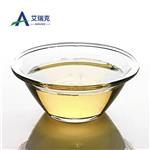
US $0.00-0.00/Kg2024-04-07
- CAS:
- 107-36-8
- Min. Order:
- 1Kg
- Purity:
- 99.9%
- Supply Ability:
- 200tons
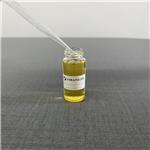
US $0.00-0.00/kg2024-03-29
- CAS:
- 107-36-8
- Min. Order:
- 1kg
- Purity:
- 99%
- Supply Ability:
- 50000kg

